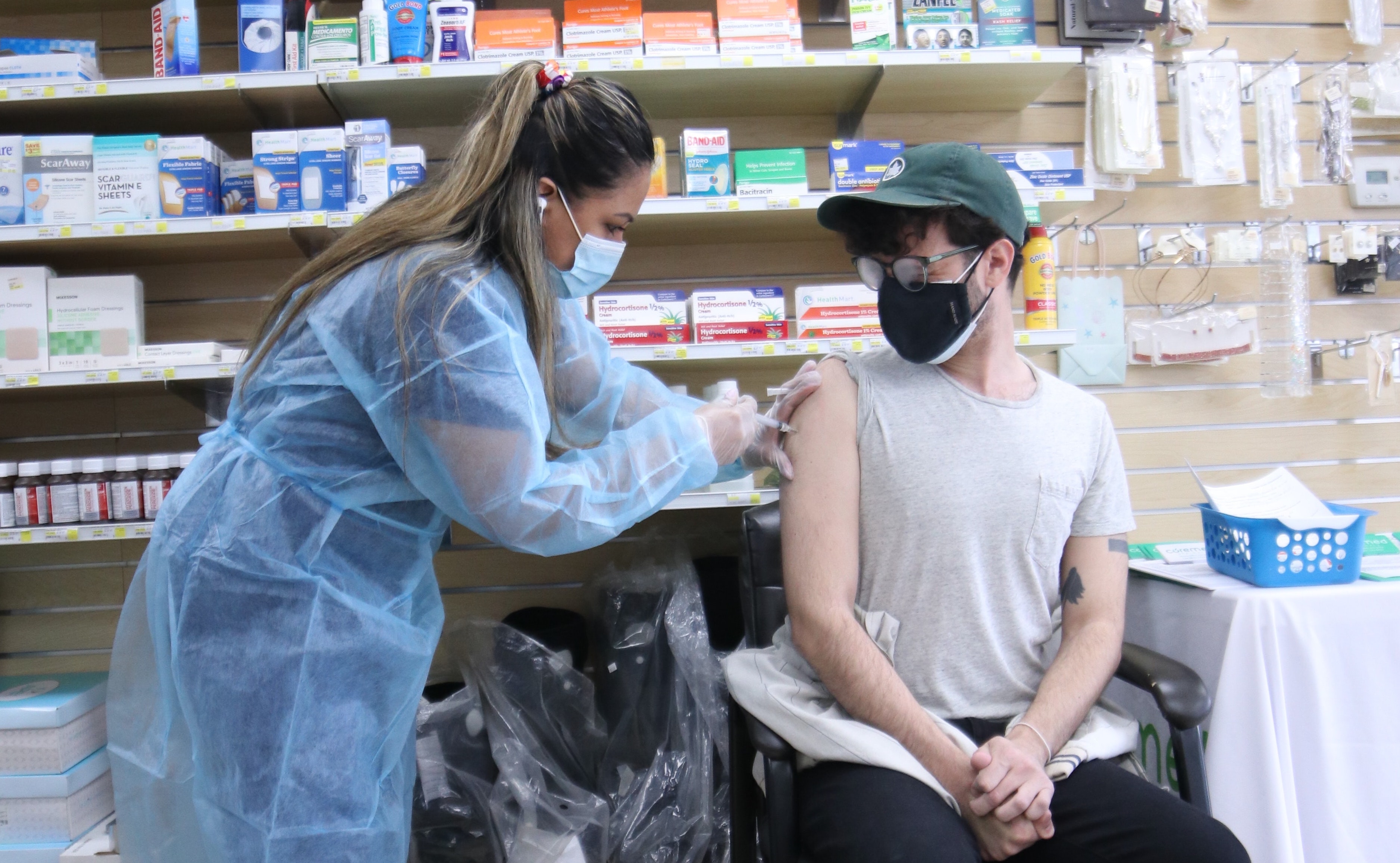It’s easy to imagine what makes bad corporate training, but what makes good training? That depends on what you want out of it.
All corporate training courses have different objectives. In industries that emphasize safety and compliance, effective training is paramount. The right training can prevent injuries and save lives.
Mistakes Happen, but That Doesn’t Mean They Can’t Be Reduced
Everyone knows that workplace accidents happen, but a surprisingly and unfortunately large number of accidents come from poor or incomplete training. Over 621,000 British workers suffered workplace injuries from 2015 to 2016, and many of those were due to poor workplace training.
There are many risks involved in poor handling of workplace safety training. Beyond the damage to a company’s profits and reputation, it can put your staff in danger. All this can add up to huge expenses that can be avoided.
Removing workplace injuries from the equation requires good training.
Evaluate Your Safety Training and Look for Problems
A great way to start reducing workplace injuries is through training (either the first training an employee receives or updated refresher courses). If you’re seeing an increase in workplace incidents, your safety training may help you understand why.
When training is to blame for workplace accidents it’s because the training has been designed to take a traditional one-size-fits-none approach. This kind of training doesn’t take into account the individual needs, strengths, and weaknesses of each learner.
Adaptive Learning Keeps Everyone Safe
Adaptive Learning teaches by asking learners a set of straight-forward time-saving questions which quickly determine where their strengths and weaknesses lie. Adaptive Learning can find gaps in safety procedure knowledge and help staff catch up to where they need to be to work safely.
The employee feels free to willingly admit to the program how sure about their answers they are because there is no punishment for being wrong (for example, being reprimanded by a supervisor).
By skipping the content the employee already knows and only focusing on what is needed to work safely, Adaptive Learning caters to each employee to ensure mastery of the course content, and that everyone goes home safe.
Having Too Many Training Accidents? Unsure What Makes Good Training?
This Checklist Might Help Uncover What’s Wrong With Your E-Learning Training
References: https://www.russellworthsolicitors.co.uk/inadequate-training-can-lead-workplace-accidents/









